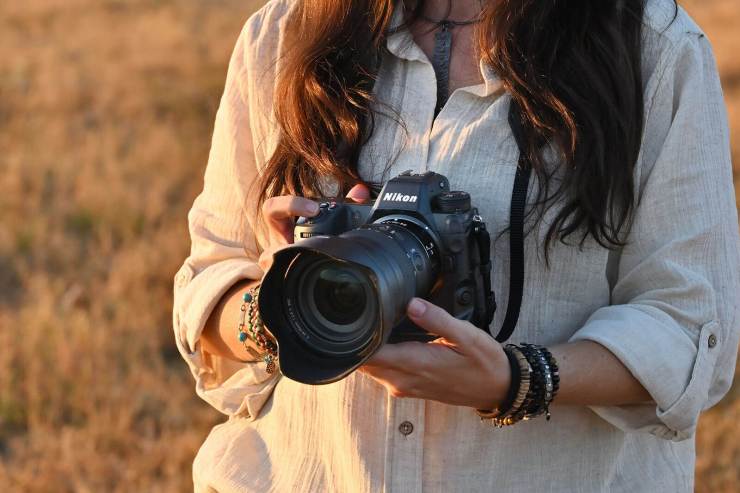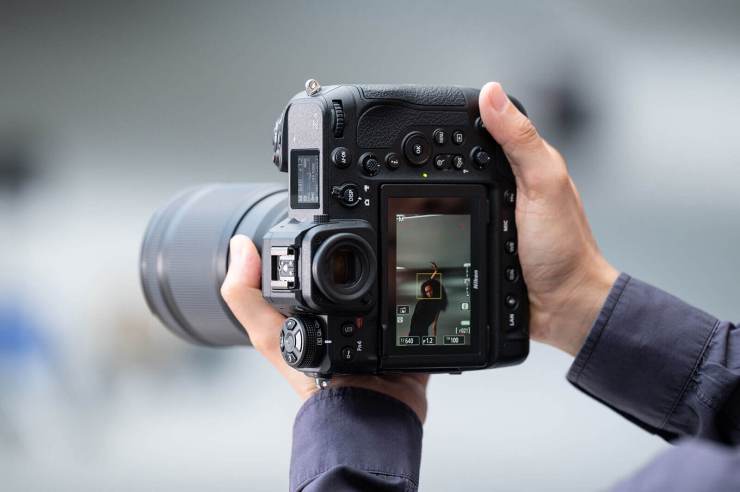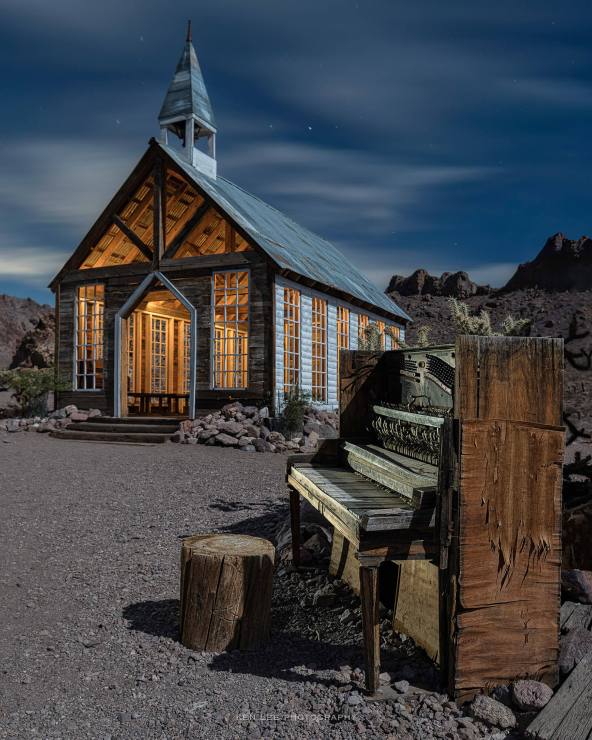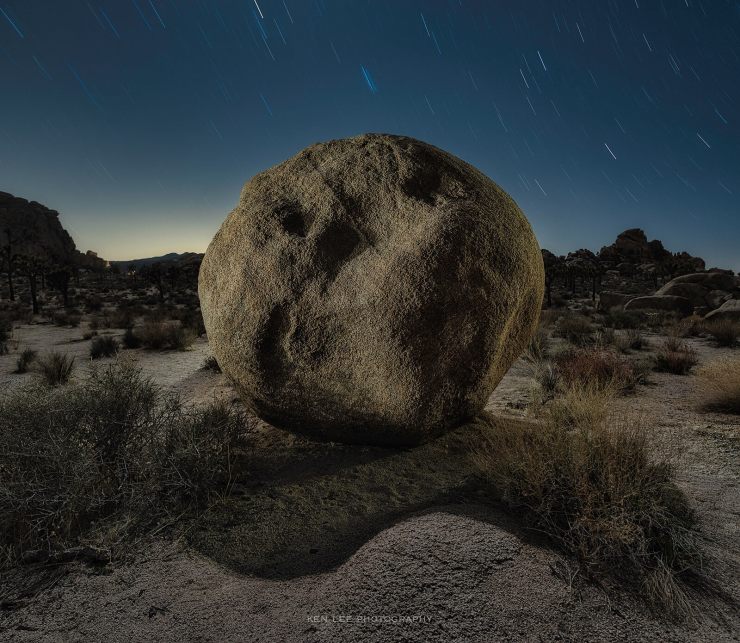The Nikon Z 9 is already getting quite a few accolades. But naturally here, I’m going to focus on the night photography aspect of things. Is the Nikon Z 9 the new king of night photography cameras? If not, it looks like it’s seriously amazing.
Even if we don’t have that kind of cash, it’s exciting that Nikon has rolled this out. And typically, what happens is that tech from their flagship cameras make their way to their lower-priced cameras.
Here’s why the Z 9 might be amazing for night photography.
Starlight mode
The Z 9’s new Starlight Mode enhances its ability to focus in faint light. -8.5 EV faint light, to be exact. It’s similar to its Low-Light AF Custom Setting but adds Contrast Detect information to this function. Nikon’s spec is -8.5EV with an f/1.2 lens.
And no, it’s not just for starlight. It’s for any dim area. You can even use it to detect people, with the camera focusing on the eyes.

Warm color display
This is similar conceptually to why night photographers use red head lamps to preserve night vision better. Or why astronomers will tether their telescopes to their laptop with red plastic placed over their monitor. Or why another amazing night photography camera, the Pentax K-1, uses a Night Vision LCD, a red-lighted monitor display designed to preserve night vision.
There’s a new custom setting in the menus that allow you to adjust parameters to what you feel might be optimal for night vision. You can set the menus to be red on black instead of white on black. You may also adjust the overall display to have a warm red look as you can with Pentax K-1.
Illuminated buttons
This is something that many of us have been asking Nikon to do for years. They’ve finally done it. This can obviously help night or concert photographers change settings in the dark. I do have my buttons memorized and can operate them in the dark, but it sure is nice all the same when we switch cameras or begin using a new one.
The Z 9 allows you to illuminate the button cluster on the top left of the camera, the protect and delete buttons, the Menu button, magnification button (I always seem to hit the wrong button when going for the magnification button!) and several more. The top LCD is also backlighted. Someone at Nikon had night photographers whispering in their ear. This seems to go beyond even what the Pentax K-1 does for back-button illumination. I applaud this move.

Sensor with dust-repelling coating and sensor shield
One of the things that some of us night photographers, especially ones who photograph at or near coasts or deserts concern ourselves with is getting the sensor dirty. This shows up in a big way on night photos sometimes. But here, the Z 9 has coating on the sensor that prevents dust. In fact, dual coating. This has an electro-conductive coating and fluorine coating to repel dust in front of the sensor. And there’s also a sensor shield that protects the sensor when changing lenses. I say great.

Durable
Not all mirrorless cameras are built with durability in mind. The Z 9, according to Nikon, is built with the same durability as the D6. Weather sealing during desert winds or coastal saltwater? I say yes!
Other cool tech that isn’t necessarily for night photographers
I’ll mention some of the other features that may not necessarily appeal to night photographers, but still are fascinating.
One is the movement toward scene recognition. Human faces, animal faces, bird faces, cars, trains, bikes, vehicles and this sort of thing. We’re moving closer to automatic autofocus functions and more specific items.

Additionally, the Z 9 has a full-time electronic shutter. That’s right, Nikon has completely ditched a mechanical shutter, one of the first major camera manufacturers to do so. This helps pave the way for additional computational photography. For now, though, you can use shutter speeds of up to 1/32,000s (that’s not a typo), capture 20 frames per second in RAW or 120 frames per second at 11 MP. Nikon also claims a 1000-shot buffer at full resolution with compressed RAW.
Now, all this is the opposite of what us night photographers do, which is to photograph very slowly over many seconds, minutes or hours. But it’s still fascinating.
Regardless, even if we can’t afford this camera right now, we might be able to later, picking it up used if necessary. But more exciting is the prospect of this tech making its way to other cameras.
Tell your story with the second annual Visual Storytelling Conference!
Experience four days of interactive, online training sessions featuring a range of educational content with experienced photographers and content creators. This free event kicks off with a series of technical boot camps to build essential skills, followed by live, online sessions on photography, video, business and social media. Join live from March 10-13, 2022!
